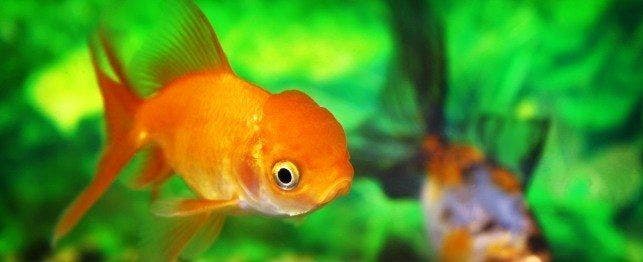
Setting Up Your Cold Water Aquarium
To keep cold water species, you have to set up a your tank so that the water remains within the range of your pets’ requirements. Not too many cold water species are available in the aquarium trade since investing in a chiller unit is a far more expensive prospect than a couple of heaters you just dangle into the water.
Chillers are usually air-conditioner type units that most connect to the filter system and are the last in line. Presumably the freshest, cleanest water runs through the unit. They can be rather expensive and maintenance on them is similar to that of any refrigeration unit: intake grid must be kept clean, free of salt encrusting on the unit, filter exchanges must be done on a regular basis.
Should your chiller unit go out, you’ll have to make sure to keep temperatures low. Many cold water species will not survive long at high temperatures. Place ice in several tightly sealed plastic bags, as air free as possible, into the tank. You should put the ice into several bags and tie each with a rubber band. If any meltwater goes into the aquarium, it may add chemicals that will kill your animals, as well as destroy the salinity and stress the fish already trying to deal with a slow rise in temperatures.
Like heated systems, cooled systems can also run on a thermostat-type of system. Most people do have tropical aquariums, but since many people now keep species that they find or capture themselves, cold-water systems have become surprisingly popular. Many cold water species aren’t as colorful as those found in the tropics, but their lifestyles are no less interesting.
Remember that cold water often is also denser, and salts won’t dissolve as easily in them. When you are doing water exchanges and mixing salt into your cold water, make sure to give the salt an extra minute to dissolve-it takes a little longer than in warmer systems. Let all the salts dissolve before you oversalt your water.
Many rocky shores are notoriously cold, and creating a rocky shore tank can fall under the cold water requirements. You will have to set up your system so that there are some dry areas, but mostly submerged pools. Popular speces include the tompot blenny (Blennius gattorugine), several species of anemones, particularly the cold water beadlet anemone (Acinia equina) which is commonly found in cold water rock pools, chitons, temperate-zone damselfish, and the red-mouthed goby (Gobius cruentatus).
In some regions, one may find an octopus hiding among the rocks and may think it would make a nice addition to the cold-water rock pool community. But, unless you’re prepared to have such a creature (feeding and space requirements are tricky) it shouldn’t be in your tank. They will eat your other fish and invertebrates almost overnight, and generally turn your cold-water community into an octopus aquarium.